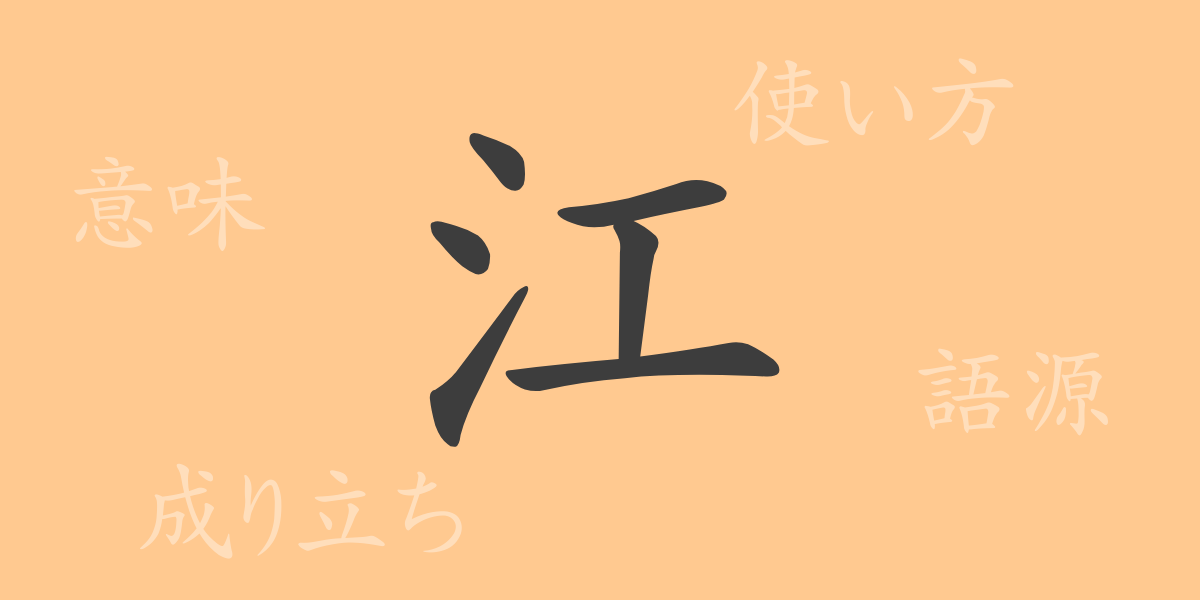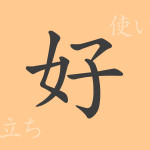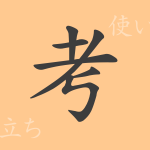The culture of Japan is imbued with the history and beauty woven by words. Among these, the kanji “江” (え: e) holds a significant presence, deeply rooted in Japan’s nature and history. This article delves into the origins, meanings, usages, and compounds of this beautiful kanji. Let’s explore the common kanji “江” (え: e) in detail, with an eye on SEO to uncover its rich significance in Japanese culture.
Origins of 江 (え: e)
The kanji “江” (え: e) has its origins in ancient China, where it was used to symbolize the natural beauty of water bodies. In ancient Chinese seal script, it was depicted as a combination of “氵” (water) and “工” (work), representing the flow and expanse of rivers. In Japan, this kanji was adopted from ancient times and seamlessly integrated into Japanese culture and language.
Meanings and Usage of 江 (え: e)
The kanji “江” (え: e) originally denotes a large river flowing into the sea. In Japan, it is commonly used to refer to rivers, especially those that are broad or lead to the sea. It is also frequently found in place names, such as “江戸” (えど: Edo), reflecting historical significance. This kanji evokes the beauty and richness of nature and often appears in poetry and literary works.
Readings, Stroke Count, and Radical of 江 (え: e)
The kanji “江” (え: e) is beloved for its simple yet powerful structure. Here are the details:
- Readings: The on-yomi (Chinese reading) is “コウ” (こう: kou), and the kun-yomi (Japanese reading) is “え” (え: e).
- Stroke Count: It consists of 6 strokes.
- Radical: The radical is “水” (すい: sui), related to water.
Compounds, Idioms, and Proverbs Featuring 江 (え: e)
Compounds, idioms, and proverbs that include “江” (え: e) enrich the Japanese language. Here are a few examples:
- 江戸時代 (えどじだい: Edo period): Refers to the historical period in Japan from 1603 to 1868.
- 江戸っ子 (えどっこ: Edokko): Refers to residents of Edo (now Tokyo) or their descendants, symbolizing the spirit of Edo.
- 江戸の華 (えどのはな: Edo no Hana): Symbolizes the prosperity and culture of the Edo period.
Conclusion on 江 (え: e)
The kanji “江” (え: e) is a key element reflecting Japan’s landscape and history. From its readings, stroke count, and radical to the compounds and idioms it comprises, this single character embodies a wide range of meanings. Representing the beauty of nature, “江” (え: e) remains deeply ingrained in the hearts of the Japanese people, shaping culture through words. Through this article, we hope readers have connected with the rich world and background of “江” (え: e).

























